Corporate museums are part academic and business and occupy the grey zone in between. It is an organization that works with several departments in a company including public relations, branding, advertising, and HR. This series aims to look at the role, function, and future of museums run by corporations through interviews with PR professionals.
The artifacts housed at the Shiseido Corporate Museum are used as course materials at Massachusetts Institute of Technology (MIT) and are on display the university’s educational website Visualizing Cultures. Corporate culture, Shiseido’s fourth management resource, is archived and visualized at the corporate museum, and has contributed to countless innovations. Here, we look at the Shiseido Corporate Museum to see the role corporate culture plays.
Shiseido Corporate Museum, where corporate culture comes to life
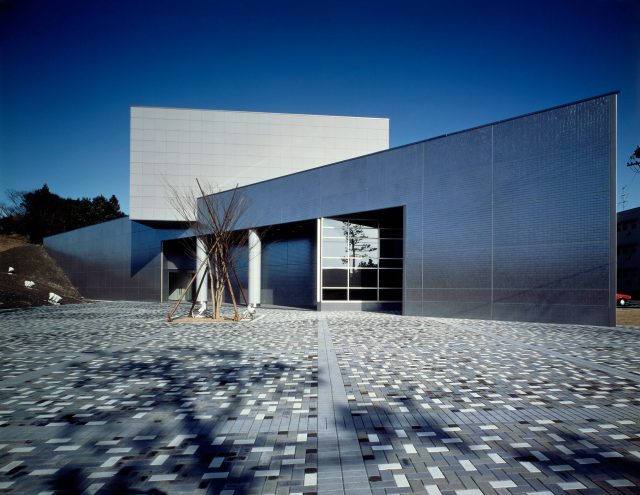
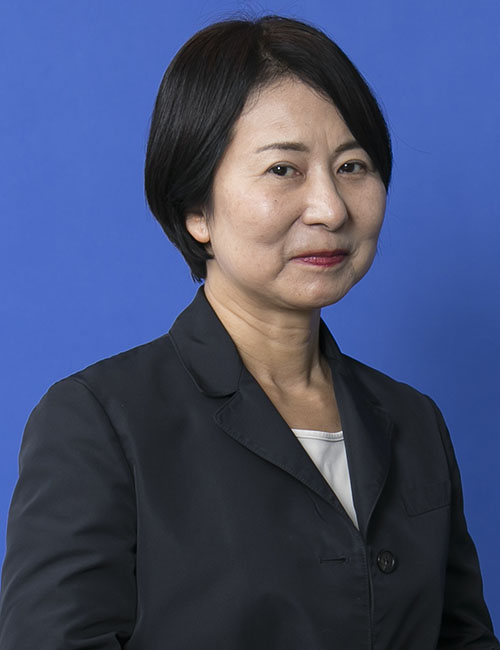
Kyoko Fujii
PR Consulting Dentsu Inc.
“The farther back you can look, the farther forward you are likely to see.”
Winston Churchill
The Shiseido Corporate Museum was opened in April 1992 in Kakegawa, Shizuoka Prefecture to commemorate the 120th anniversary of Shiseido’s founding. Situated adjacent to Shiseido’s Kakegawa factory, it shares the property with the Shiseido Art House. Visible from the Tokaido Shinkansen line, it is not easily accessible from Japan’s big cities and despite being open for only three days a week, the museum attracted approximately 20,000 visitors in 2019.
The four-story museum traces Shiseido’s storied history from its founding in 1872 as Japan’s first private Western-style dispensing pharmacy to current day, housing and showcasing artifacts such as its products and promotional materials.
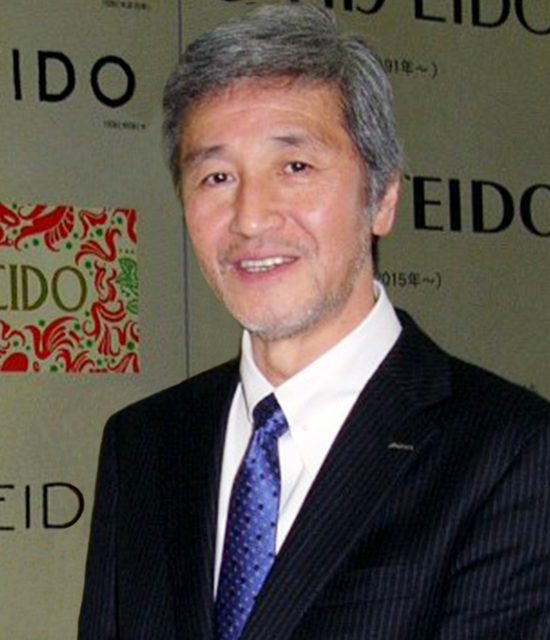 Toshiyuki Ooki, Director of the Shiseido Corporate Museum
Toshiyuki Ooki, Director of the Shiseido Corporate Museum
This time, we had Toshiyuki Ooki, Director of the Shiseido Corporate Museum show us around. The first floor houses the permanent collection taking guests through the company’s history from its founding to the present day, as well as showcasing products from the company first 100 years, a diorama of Ginza in the Meiji era, and costumes through the years. For example, visitors can see Shiseido’s first cosmetic product, Eudermine, as well as the evolution of the Shiseido’s original typography and Hanatsubaki (Camellia) logo. The second floor has shows advertisements and posters from the start to the current day, as well as products from the 101st year and beyond.
The temperature- and climate-controlled third and fourth floors house products, periodicals, marketing materials, and financial and corporate documents from the company’s inception to present day. Though not open to the public, we received special permission to view the precious documents stored in the backyard.
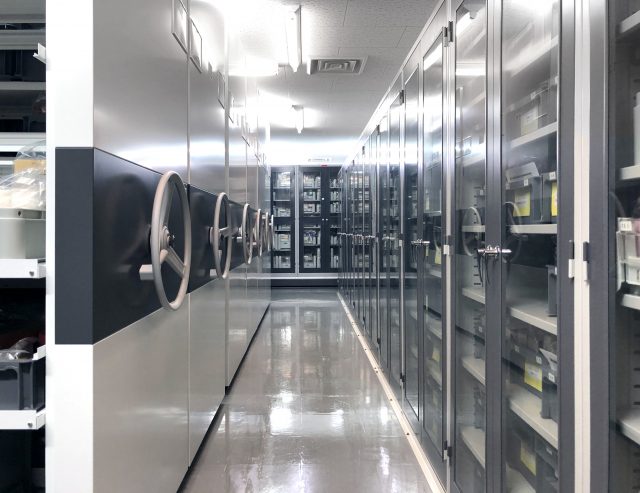 The climate-controlled backyard
The climate-controlled backyard
Source: Shiseido Corporate Museum
Why Kakegawa, Shizuoka Prefecture and not Tokyo?
Shiseido was founded in Ginza and is currently headquartered in Shiodome in Minato-ku, Tokyo. The company chose Kakegawa because it was able to secure a large plot of land around the Kakegawa factory. Tokyo would be ideal for attracting visitors but find enough space in Tokyo to house 150 years’ worth of artifacts is a feat in itself. As of 2020, the museum is only open to the public on Fridays. The other days are devoted to collecting, sorting, and saving various daily artifacts, leasing materials internally, responding to inquiries from employees in Japan and abroad, researchers, and media.
On a side note, we are often visited by managers of other corporate museums who ask us about how we archive all of the artifacts.
Corporate culture, the fourth management resource
Internal discussions about the corporate museum began in the 1980’s. The museum would become central to organizing the more than 20,000 artifacts collected for the company’s centennial celebrations, historic documents held by the different departments in the company, and other materials accumulated by the company. The Corporate Culture Department was established in 1990 to set this in motion.
Yoshiharu Fukuhara, who was President and CEO of Shiseido at the time, wrote the following about the Corporate Culture Department, in his autobiography, “Boku no Fukusen Jinsei” (“My Twin-track Life”) published by Iwanami and Shoten.
Conventionally, capital consists of people, materials, money but at Shiseido, the corporate culture functions as a capital. The culture is part of management and when the business grows, new culture is amassed.
If there is a human resources department to manage people, a finance department to manage money, and a factory administrative department to management materials, there should be a department that checks, leverages, accumulates, and steers culture for a better future. That is the Corporate Culture Department.
The newly installed Corporate Culture Department was tasked with managing and operating existing corporate cultural facilities Shiseido Gallery and Shiseido Art House, and publishing the corporate culture magazine Hanatsubaki. In 1992, managing and operating the Shiseido Corporate Museum became one of its most important duties.
Enhancing employee engagement
The Shiseido Corporate Museum plays an important role in educating employees on the history of Shiseido, serving as a training center for the company’s staff. The company marked its 150th anniversary in 2022 and the museum played a central role in seminars for its employees. After the lectures, staff scored nearly perfect on questions about the company’s heritage and history in their responses to questionnaires.
Visitors to the museum are not just the rank-and-file. Prior to being named CEO of Shiseido, Masahiko Uotani visited the museum. Afterwards, he commented, “I realize now that Shiseido exists today because there is a continuous succession of innovations.”
Before the Covid-19 pandemic, the museum invited shareholders, who were asked to fill out questionnaires afterwards, to tour the facilities. Some stated that after touring the museum and learning the history of the company, they wanted to further support Shiseido.
Museum, not gallery
As the name states, the Shiseido Corporate Museum is a museum, not a gallery. At the same time, Shiseido runs the Shiseido Gallery in Ginza, Tokyo, said to be the oldest gallery in Japan. Many people do not distinguish between museums and galleries. What exacerbates this are institutions like the National Gallery in London and the National Gallery of Art in Washington D.C. which are often referred to as museums. On the other hand, Shiseido has the Corporate Museum corporate archives and Art House art museums, as well as the Shiseido Gallery. Since its inception, the Gallery has served as a place to discover and create new beauty.
Shiseido defines its concept of beauty through up-and-coming artists who hold exhibitions here to showcase their work.
In 2019, Shiseido also opened the S/Park Museum in Yokohama, an interactive museum where visitors can experience internal and external beauty.
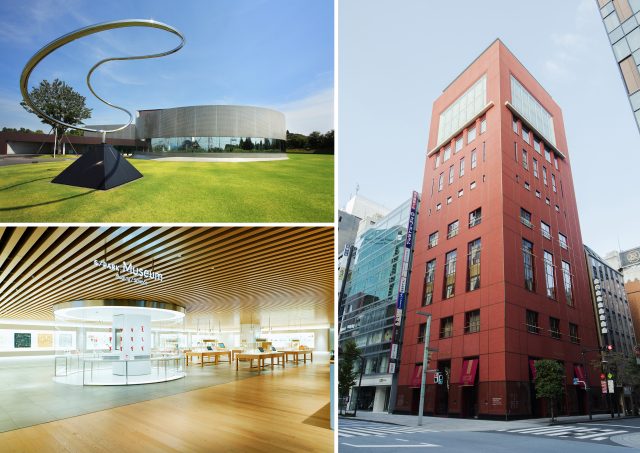 Above Left: Shiseido Art House
Above Left: Shiseido Art House
Bottom Left: S/Park Museum exhibition space
Right: Shiseido Gallery located inside the Tokyo Ginza Shiseido Building
The Museum Act and community contribution
Japan has legislation called the Museum Act. The 1952 law stipulates that museums shall collect, store, and exhibit artifacts concerning history, the arts, folk customs, industry, and nature for public consumption for educational purposes while conducting research about the artifacts.
Recent revisions to the Museum Act have loosened requirements for registration. Private facilities that meet stipulated criteria can now join the ranks of government and incorporated foundations that have been registered as museums. By casting a wider net, the government hopes to attract more visitors to cultural facilities and contribute to communities. Museums are now required to collaborate with various local bodies to promote cultural tourism and undertake activities to revitalize regional communities. Though Shiseido does not plan to submit an application, the Shiseido Corporate Museum already meets these criteria, being located in Kakegawa and already contributing to the community by offering a venue where visitors can view products and posters that provide a narrative for the era that they are from.
Overseas exhibitions
Shiseido actively exhibited artifacts outside of Japan even before establishing the Shiseido Corporate Museum and has lent artifacts to exhibitions around the world. Pre-war posters, products, and other artifacts were displayed at a Japan Avant Garde exhibit held at Centre Pompidou in 1986. Around the same time, the company hosted Shiseido Exhibition of Advertising Art at Musée de la Publicité in Paris. According to Fukuhara’s aforementioned book, these two exhibitions played a vital role in establishing the Shiseido brand through its culture in France. In 1997, Shiseido hosted Paris-Tokyo-Paris 1897-1997 Shiseido La Beaute at Musée des Arts Décoratifs in Paris where it exhibited products, advertisements, and packaging, showing the company’s evolution over a century. The theme was Meme of Beauty and Wisdom, where beauty is art, wisdom is science, and meme is corporate genetics, and showed that Shiseido’s corporate culture evolved art and science. Twenty-thousand people visited the exhibit over its month-long run and was extended for four days due to popular demand. Local French media wrote about the significance of a private company hosting an exhibition at Musée des Arts Décoratifs, further cementing the company’s reputation in France.
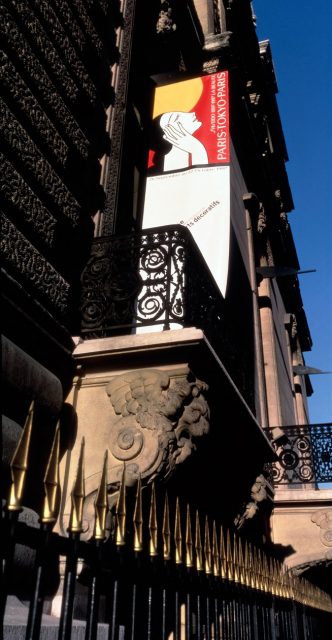 Paris-Tokyo-Paris 1897-1997 Shiseido La Beaute at Musée des Arts Décoratifs
Paris-Tokyo-Paris 1897-1997 Shiseido La Beaute at Musée des Arts Décoratifs
Source: Shiseido Corporate Museum
Instructional aid at Massachusetts Institute of Technology
Advertisements, in-store marketing materials, newsletters, and other marketing artifacts housed and exhibited at Shiseido Corporate museum are used in the curriculum at Massachusetts Institute of Technology (MIT). As of May 2009, the material is available free of charge at MIT OpenCourseWare (OCW), MIT’s website that publishes educational materials from its courses. According to press materials dated April 22, 2022, MIT OCW has been accessed by 300 million unique users, has 1.6 million monthly views, and 5 million video views. This is the first time that MIT has made open to the public a private company’s marketing history and culture for use as learning materials. The title of the site housing the materials is Visualizing Culture.
Archiving for innovation in the future
Archiving is not just for learning about the past. As Winston Churchill said in the quote above, learning about the past will lead to innovation in the future. This is true not only for companies but also for countries. The Shiseido Corporate Museum archives corporate cultural artifacts, visualizes them, and through the succession of the company’s heritage, becomes the source of innovation.
